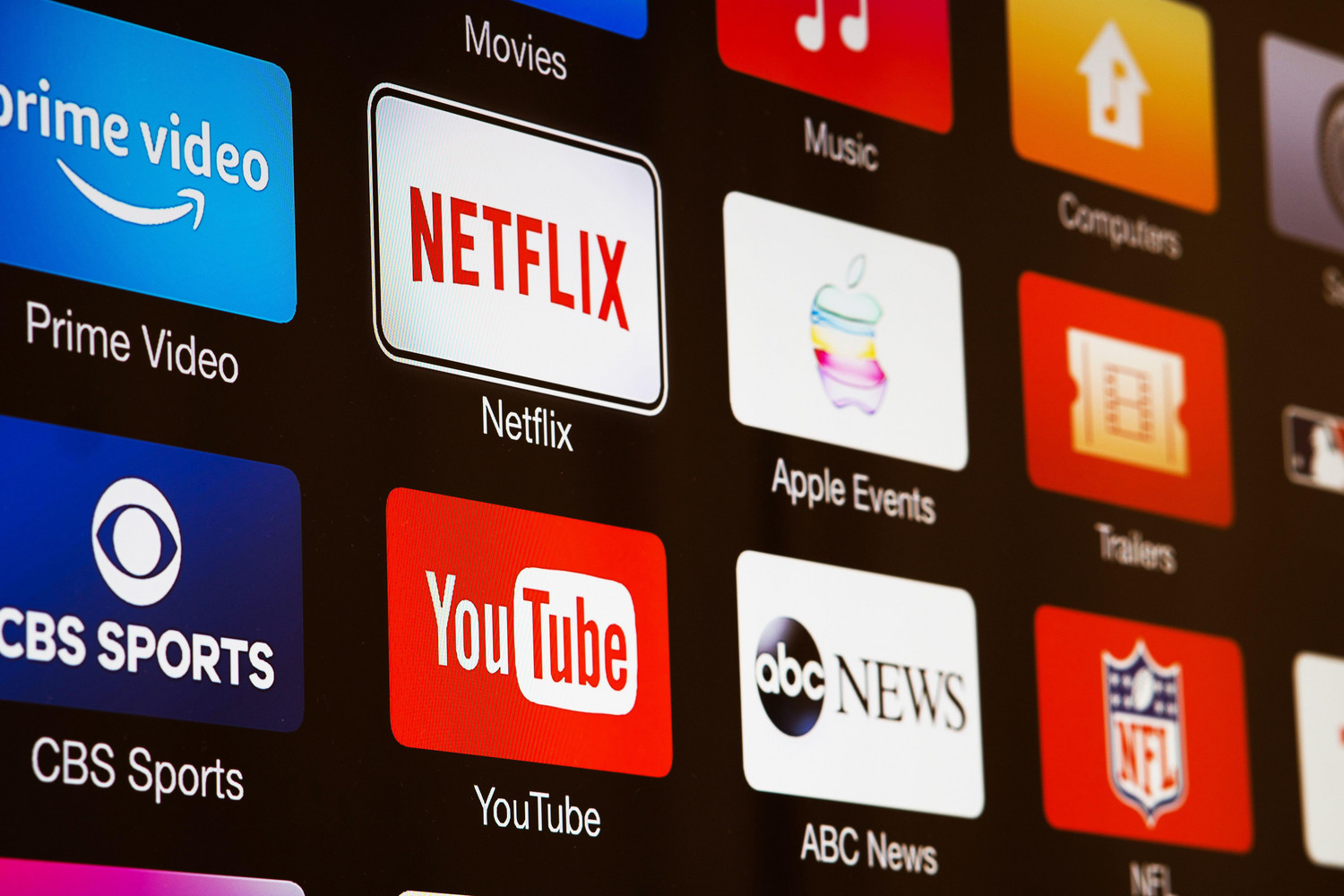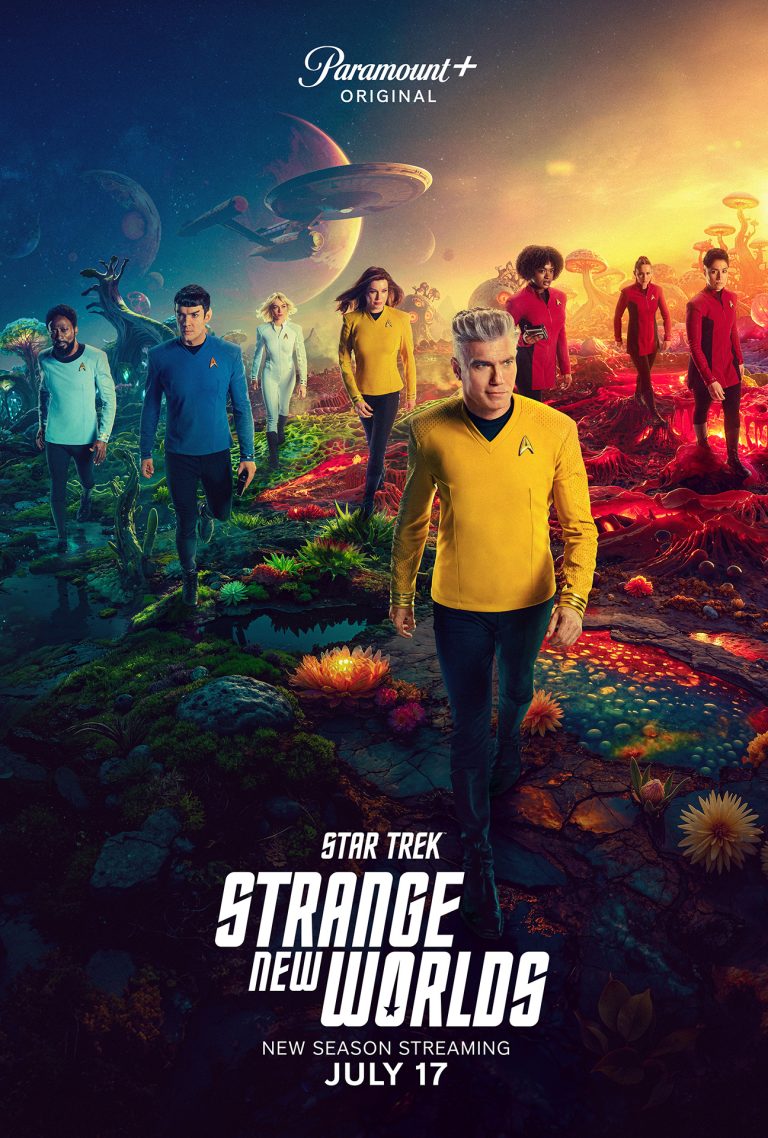The Subscription Surge
The allure of convenience and immediate access has propelled subscription services to the forefront. Platforms like Spotify and Netflix offer vast libraries of music and movies for a monthly fee, eliminating the need for physical collections. This shift is evident in the entertainment industry, where digital subscriptions have surpassed physical media sales. For instance, in 2018, more money was spent on subscription services than on physical DVDs and CDs, marking a significant change in consumer behavior.
The automotive sector is also embracing this model. Manufacturers now offer features such as heated seats or advanced driver-assistance systems on a subscription basis. This approach allows consumers to access premium functionalities without a hefty upfront cost but ties them to ongoing payments to maintain these features.
The Subscription Overload Problem
While subscriptions offer flexibility, they can also become overwhelming and financially burdensome. As more industries adopt this model, consumers find themselves juggling multiple subscriptions just to maintain access to everyday necessities. From streaming services, software tools, and cloud storage to car features, smart home functionalities, and even kitchen appliances, the number of subscriptions required to maintain a modern lifestyle is steadily increasing.
- Financial Strain: Monthly payments for individual services can add up quickly, turning what seemed like a budget-friendly option into a costly necessity. A household may find itself paying for multiple streaming services, productivity tools, vehicle features, and even basic digital utilities, resulting in significant financial strain.
- Lack of True Ownership: Unlike purchasing a product outright, subscriptions only provide temporary access. This means consumers continuously pay for access to services or features they may have previously owned outright, such as software licenses, media libraries, or vehicle functionalities.
- Service Fragmentation: As more companies shift towards subscriptions, content and features become fragmented across multiple platforms. For example, a user may need separate subscriptions for different video streaming services to watch all their favorite shows, leading to frustration and decision fatigue.
- Subscription Fatigue: The psychological burden of managing and keeping track of multiple ongoing payments can lead to subscription fatigue, where consumers feel trapped in an endless cycle of payments with no tangible sense of ownership.
Control and Content Manipulation
While subscriptions offer flexibility, they also grant companies greater control over the content and features consumers access. Digital platforms can modify or withdraw content based on licensing agreements, regional restrictions, or corporate decisions, often without prior notice to users. A notable example occurred in 2009 when Amazon remotely deleted copies of George Orwell’s “1984” from users’ Kindle devices due to licensing issues, sparking debates about digital ownership and control.
The Resurgence of Physical Media
In response to the impermanence and perceived lack of control associated with digital subscriptions, there’s a growing resurgence in physical media. Vinyl records, once considered obsolete, have made a remarkable comeback. In 2021, vinyl sales in the UK reached over 5 million units, marking the 14th consecutive year of growth and the highest sales since 1990. This revival is not limited to older generations; younger consumers, particularly those aged 18-24, are driving this trend, drawn to the tangible and nostalgic aspects of physical media.
Retailers are capitalizing on this shift. In February 2025, John Lewis partnered with indie music retailer Rough Trade to sell vinyl records, acknowledging the format’s growing popularity among consumers. Similarly, the demand for physical books remains robust, with many readers preferring the tactile experience over digital alternatives.
Balancing Access and Ownership
The evolution towards subscription-based models offers undeniable convenience and affordability. However, it also raises concerns about ownership rights and long-term access. As companies retain the ability to alter or revoke content, consumers are reconsidering the value of owning physical copies that provide uninterrupted and perpetual access.
Libraries and public institutions play a crucial role in this landscape, offering access to both digital and physical media. They serve as bastions of free and equal access to information, ensuring that the shift towards digital does not marginalize those who still value or require physical formats.
In conclusion, as we navigate this era of digital subscriptions, it’s essential to find a balance that preserves consumer rights and access. The resurgence of physical media underscores a collective desire for ownership and control in an increasingly ephemeral digital world.












